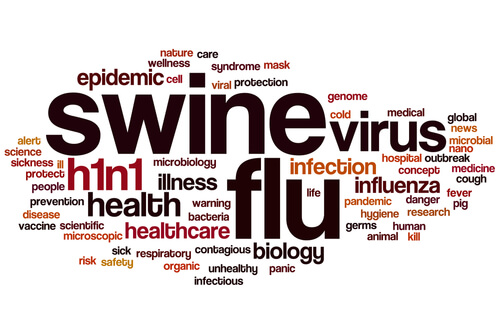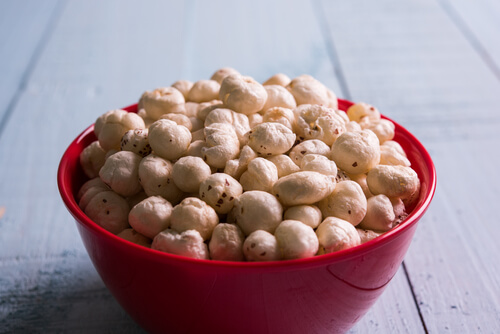Swine flu, also known as the H1N1 flu is one of the most devastating flus floating around. Typically, it is only transferred to humans via pigs, but lately it has been transferring from human to human. The best way to deal with swine flu is to not get it in the first place. You can do this by making sure to eat well cooked food and making sure to practice certain health sanitation practices (wash your hands!). You can also take steps to boost your immune system by including certain foods in your diet.
In general, you want to focus on eating foods that are rich in protein, vitamin A, vitamin C, zinc, and allicin. All these vitamins and minerals play a pretty key role in improving your immune system. Below, are some good food choices to help you get these nutrients and improve your overall resistance to swine flu.
Beef
Beef has a lot of things to offer to help you resist swine flu. It is high in protein, zinc, and iron. The protein helps to build a barrier to resist viral infections. The iron and zinc components are crucial for the construction of antibodies which helps you to fight off the virus.
Mangoes
Mangoes are another multi-faceted food that helps you improve your swine flu resistance in more ways than one. They have copious amounts of vitamin C which has anti-viral properties and helps to boost your immune system’s potency. Mangoes also have vitamin A which helps to strengthen the membranes of your respiratory system.
Eggs
Eggs are a pretty good non meat alternative to beef. They essentially do the same things as beef; they have protein, iron, and zinc, which helps to build antibodies and create barriers against viral infections.
Garlic
Raw garlic is one of the best sources of allicin which has antiviral and antimicrobial properties. Allicin has been eaten to prevent colds and flus for a long time.
Green Veggies
Green vegetables like spinach, kale, and chard are great sources of vitamin A and can help to strengthen the membranes in your respiratory system.








